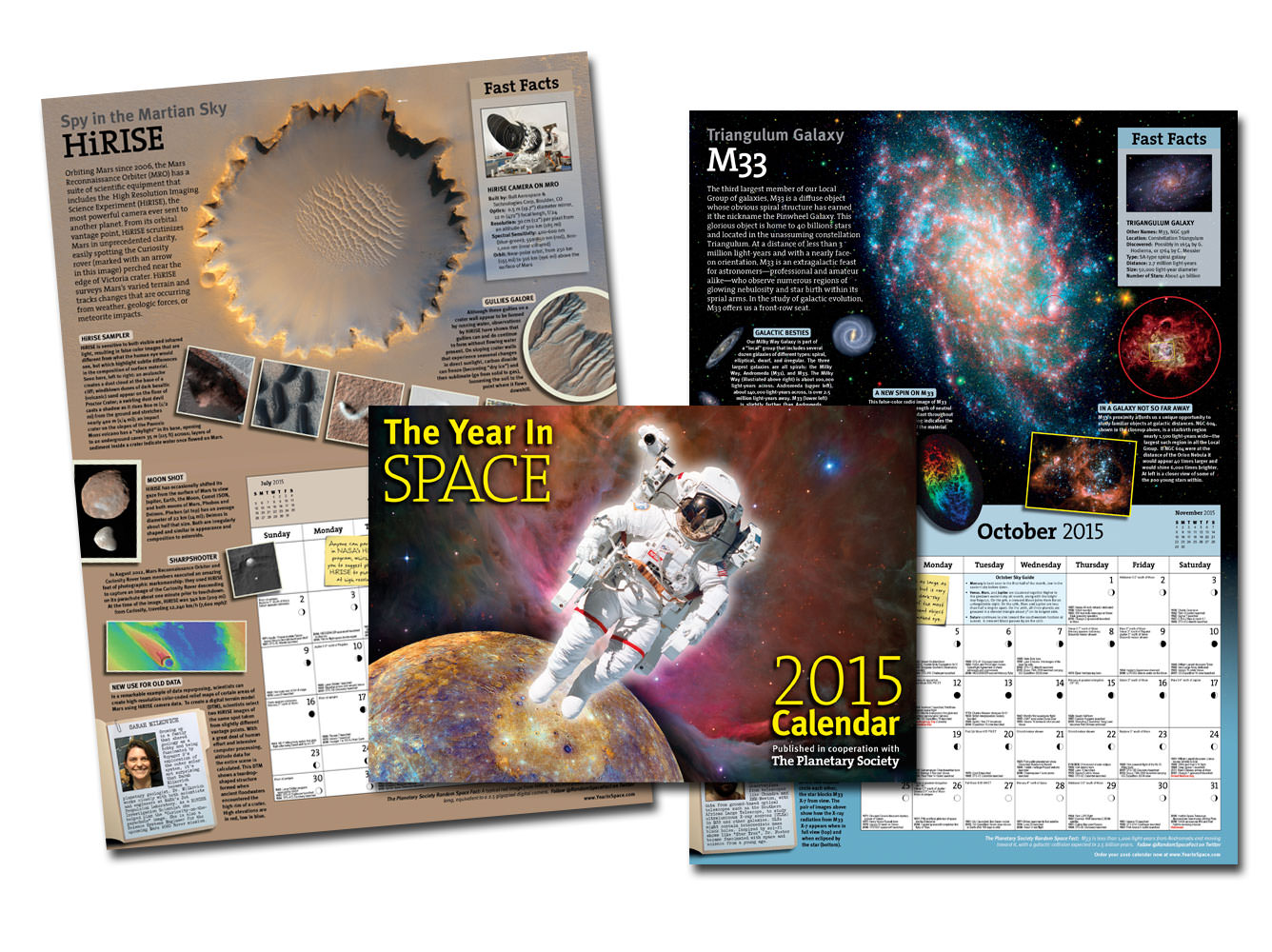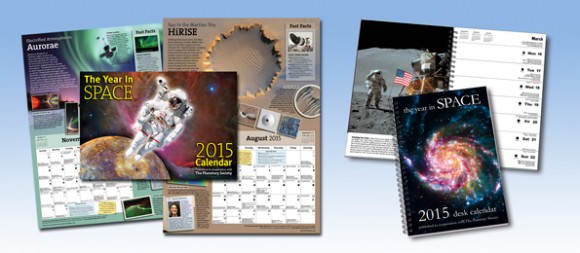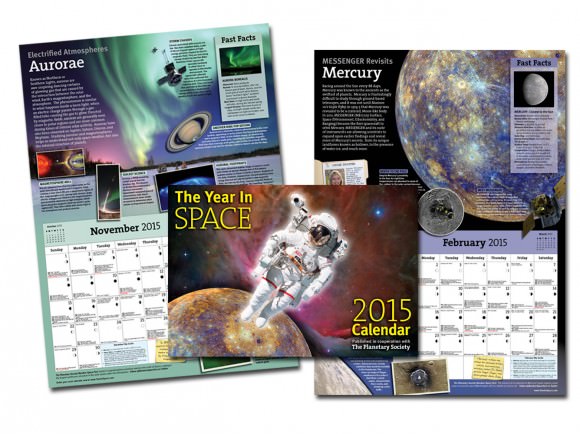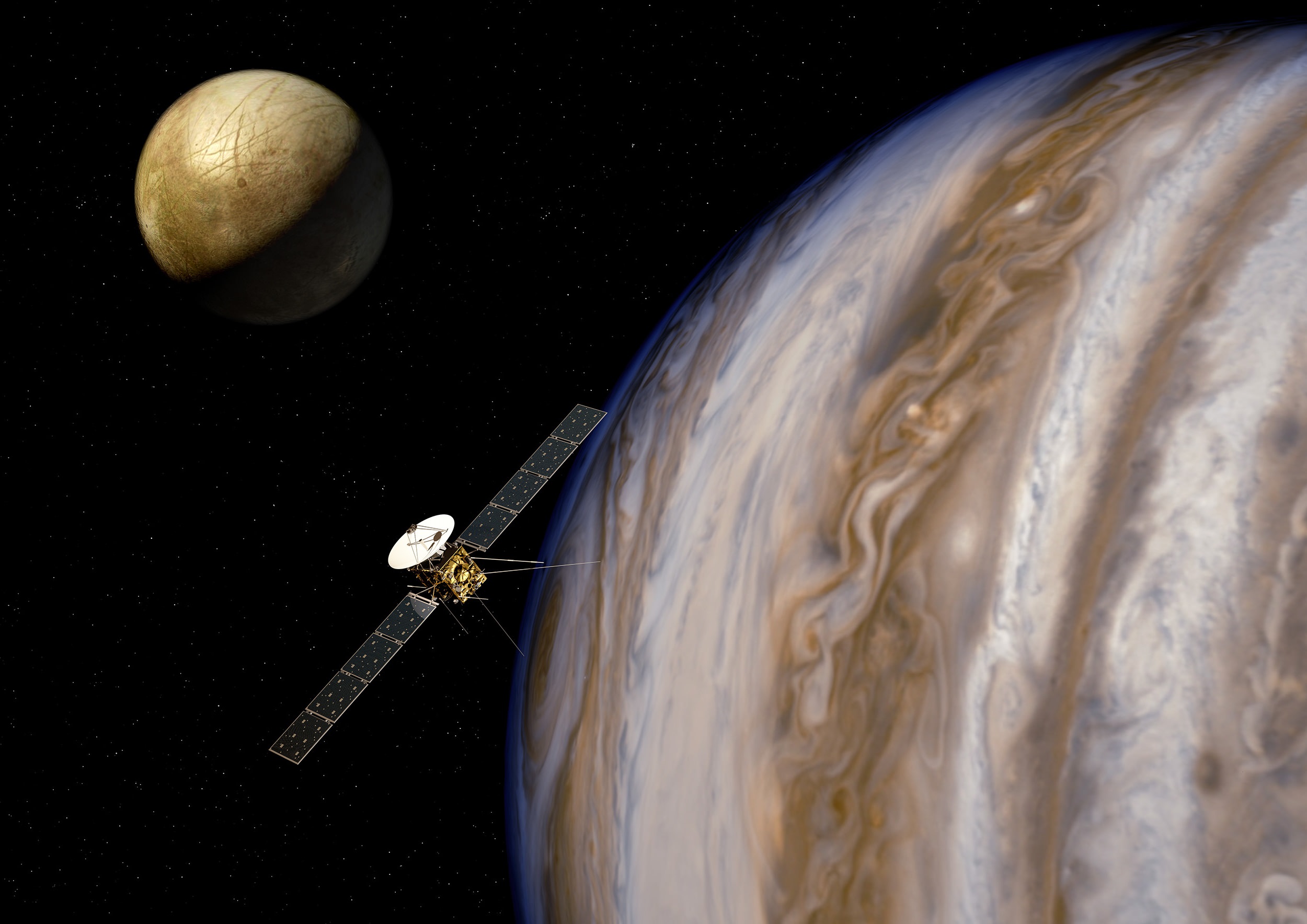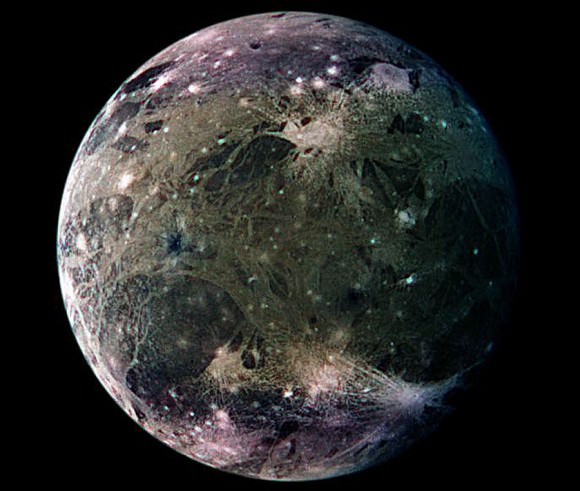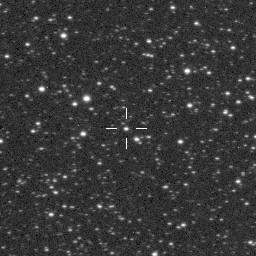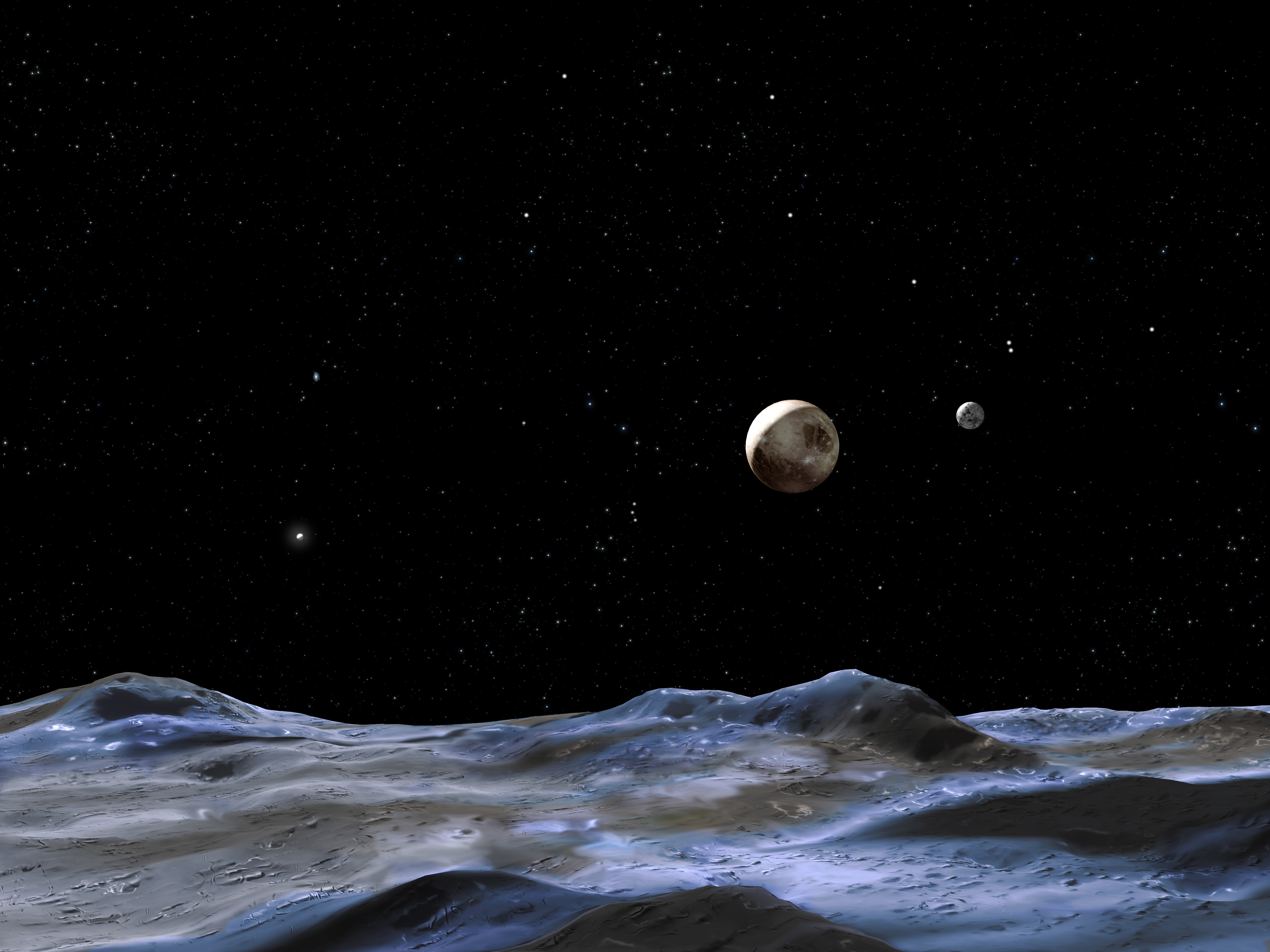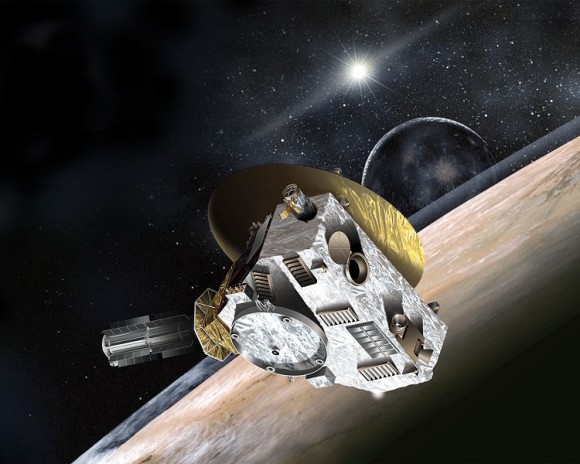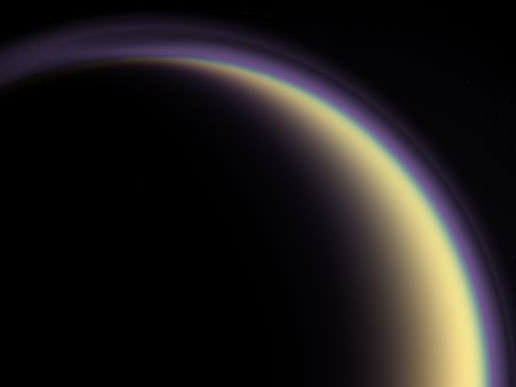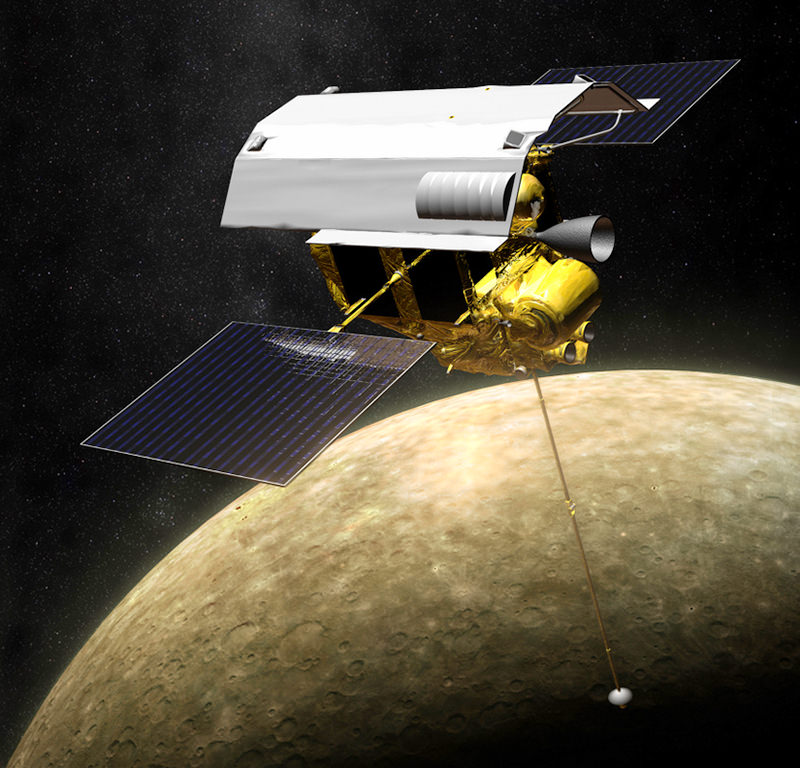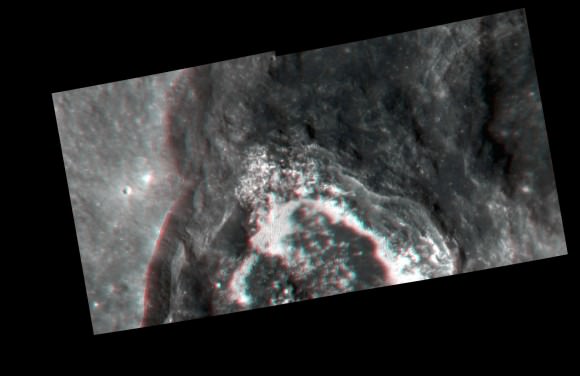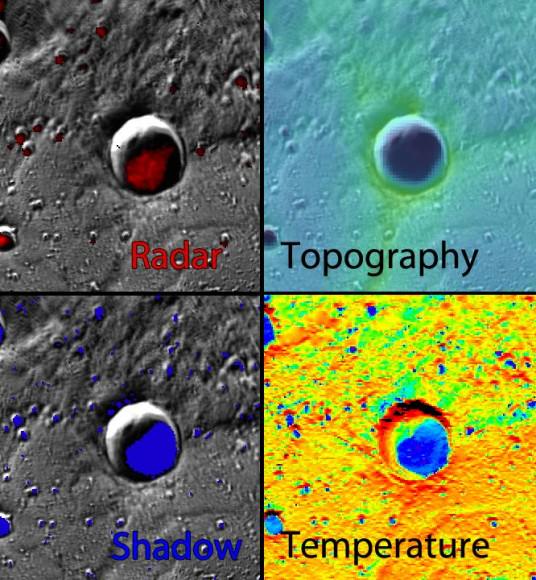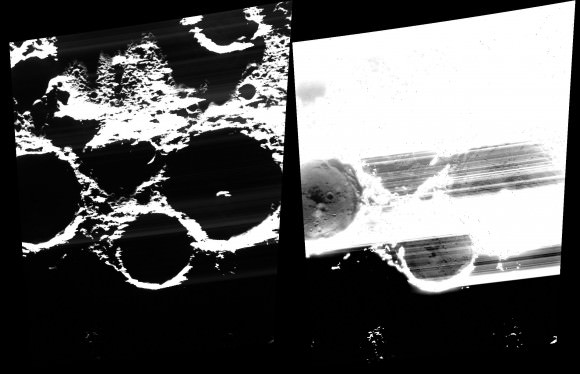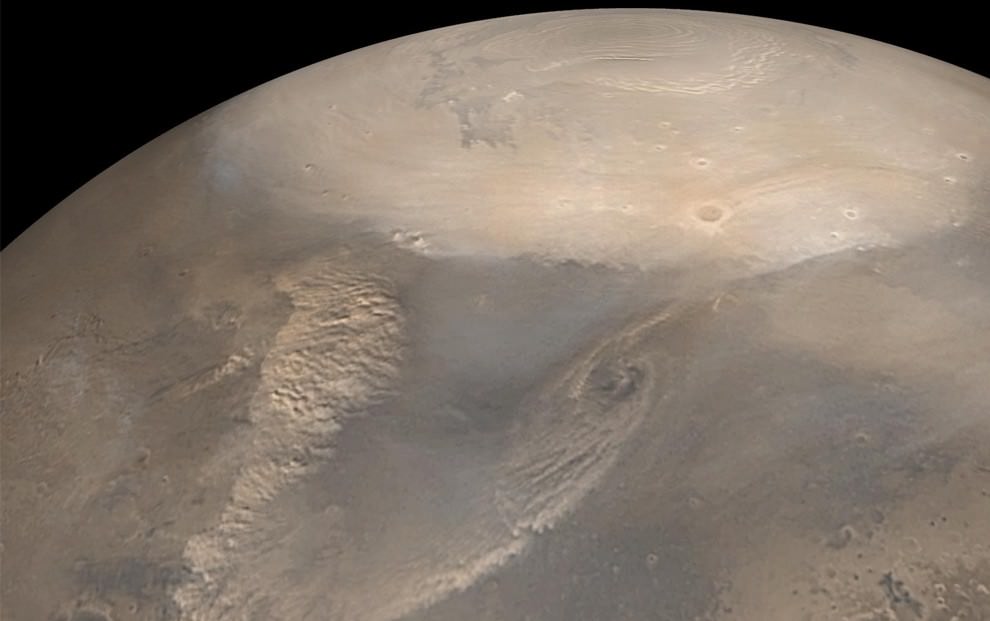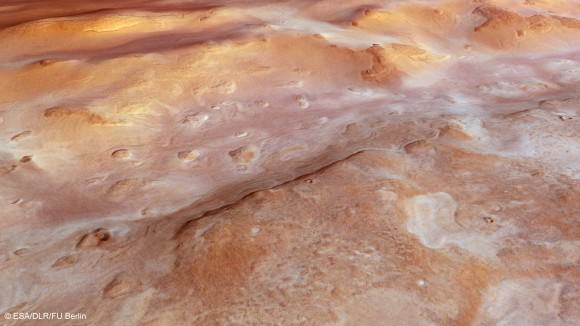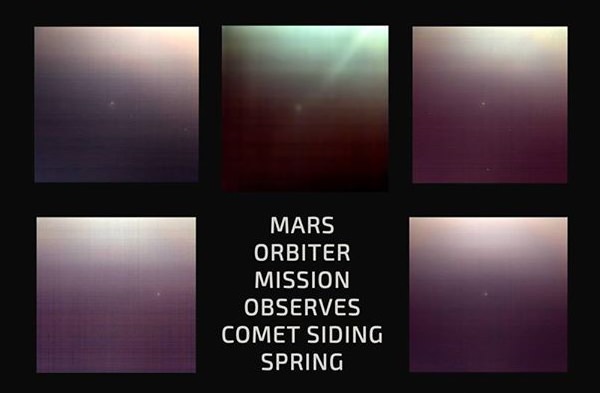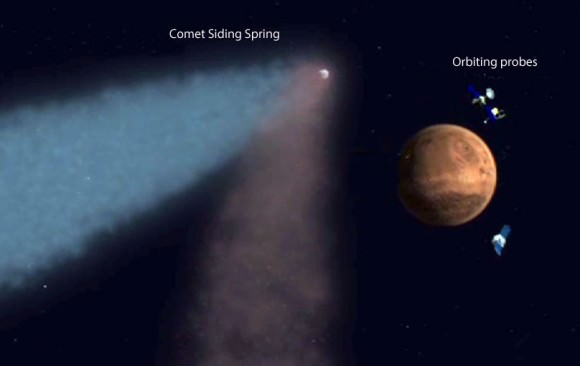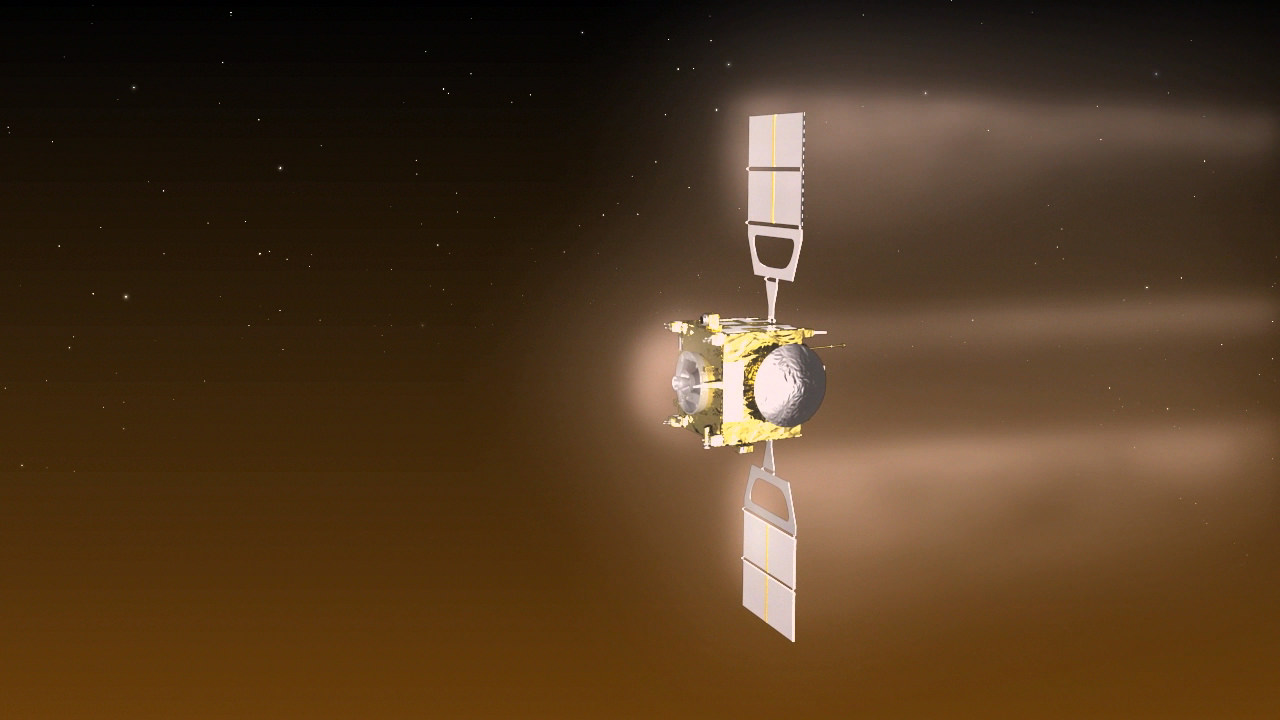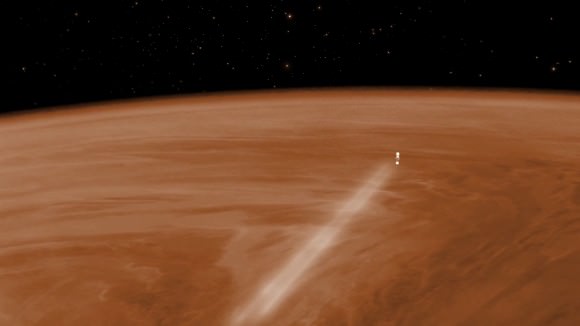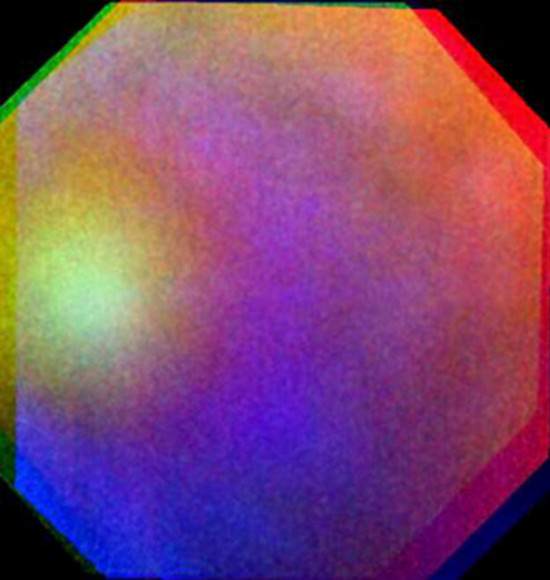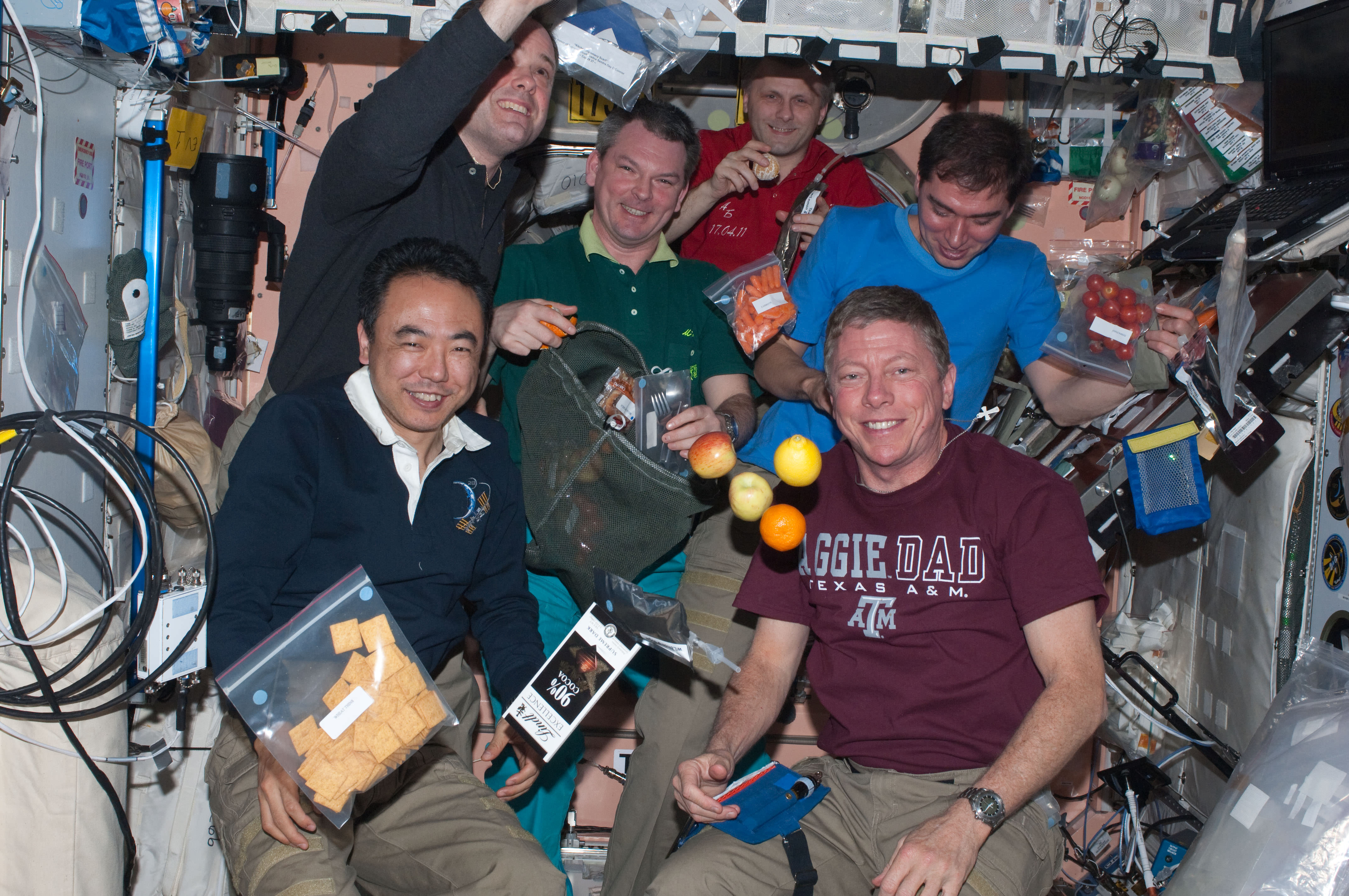Here’s our most-recommended holiday gift every year: The Year In Space Calendar! And for 2015 it’s back, it’s big and it’s what every space enthusiast will enjoy all year. The gigantic wall calendar is full of amazing color images, daily space facts, historical references, and it even shows you where you can look in the sky for all the best astronomical sights. The 2015 version of Steve Cariddi’s wonderful Year in Space wall and desk calendars are now available to order, perfect for your Cyber Monday shopping.
The gorgeous wall calendar has over 120 crisp color images and is larger, more lavishly illustrated, and packed with more information than any other space-themed wall calendar. It’s a huge 16″ x 22″ when hanging up!
Published in cooperation with The Planetary Society, the Year In Space calendar takes you on a year-long guided tour of the Universe, providing in-depth info on human space flight, planetary exploration, and deep sky wonders. You’ll even see Universe Today featured in this calendar!
Other features of the Year In Space calendar:
– Background info and fun facts
– A sky summary of where to find naked-eye planets
– Space history dates
– Major holidays (U.S. and Canada)
– Daily Moon phases
– A mini-biography of famous astronomer, scientist, or astronaut each month
These calendars normally sell for $17.95, but Universe Today readers can buy the calendar for only $13.95 or less (using the “Internet” discount), and get free U.S. shipping and discounted international shipping. There are also volume discounts. Check out all the details here.
There’s also the 136-Page Desk Calendar at a similar discounts.
You can preview the entire calendar at the Year in Space Calendar website.
And FYI, Universe Today will be having some giveaways of this calendar soon, but put in your gift orders today!

